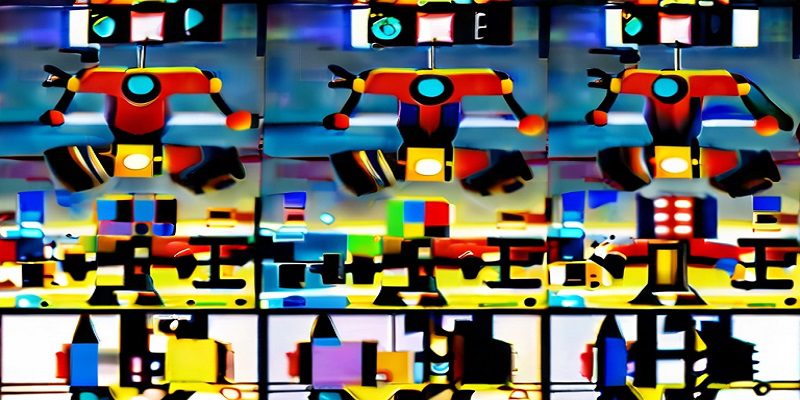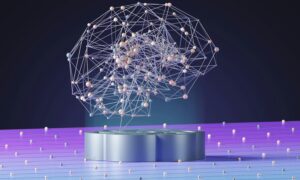Introduction
In recent years, the field of robotics has experienced a paradigm shift driven by advancements in artificial intelligence (AI). This convergence has paved the way for a new era in technology, where robots are not just programmed to perform specific tasks but can also learn and adapt autonomously. In this article, we delve into the fascinating realm of AI-driven evolution, exploring the dynamics of robot learning and its implications for various industries.
Understanding AI-driven Evolution
At the heart of AI-driven evolution lies the concept of machine learning, a subset of artificial intelligence that enables systems to learn from data and improve over time without being explicitly programmed. This approach mimics the way humans learn, allowing robots to acquire new skills and knowledge through experience.
The Role of Neural Networks
Central to the learning process in AI-driven robotics are neural networks, computational models inspired by the human brain’s structure and function. These networks consist of interconnected nodes, or neurons, organized into layers. Through training, neural networks can recognize patterns in data, make predictions, and adapt their behavior based on feedback.
Reinforcement Learning: A Key Mechanism
One of the most prominent techniques in AI-driven robot learning is reinforcement learning. In this paradigm, robots learn to perform tasks by receiving feedback in the form of rewards or penalties based on their actions. Through trial and error, they refine their behavior to maximize rewards, gradually improving their performance over time.
Evolutionary Algorithms
Another approach to AI-driven evolution involves evolutionary algorithms, inspired by the principles of natural selection. In this method, robots undergo a process of mutation and selection, with the fittest individuals being more likely to survive and reproduce. Over successive generations, this iterative process leads to the emergence of increasingly efficient and adaptive behaviors.
Applications Across Industries
The integration of AI-driven evolution in robotics holds immense potential across various industries. In manufacturing, robots equipped with learning capabilities can optimize production processes, improving efficiency and quality control. In healthcare, AI-driven robots can assist medical professionals in tasks such as surgery and patient care, enhancing outcomes and reducing errors.
Challenges and Considerations
Despite its promise, AI-driven evolution in robotics also presents significant challenges and considerations. Ethical concerns surrounding the autonomy of intelligent machines raise questions about accountability and decision-making. Additionally, ensuring the safety and reliability of AI-driven robots is paramount to prevent potential risks to humans and the environment.
The Future of AI-driven Evolution
As AI-driven evolution continues to advance, the possibilities for robotics are virtually limitless. From autonomous vehicles and drones to personal assistants and companions, intelligent robots are poised to revolutionize countless aspects of our lives. By harnessing the power of AI-driven evolution responsibly, we can unlock unprecedented opportunities for innovation and progress.
Conclusion
In conclusion, AI-driven evolution represents a groundbreaking frontier in the field of robotics, enabling machines to learn and adapt autonomously. With techniques such as neural networks, reinforcement learning, and evolutionary algorithms, robots are becoming increasingly capable of performing complex tasks with precision and efficiency. As we navigate the implications of this transformative technology, it is essential to prioritize ethical considerations and safety standards to ensure a future where AI-driven robots enhance our lives responsibly.

































